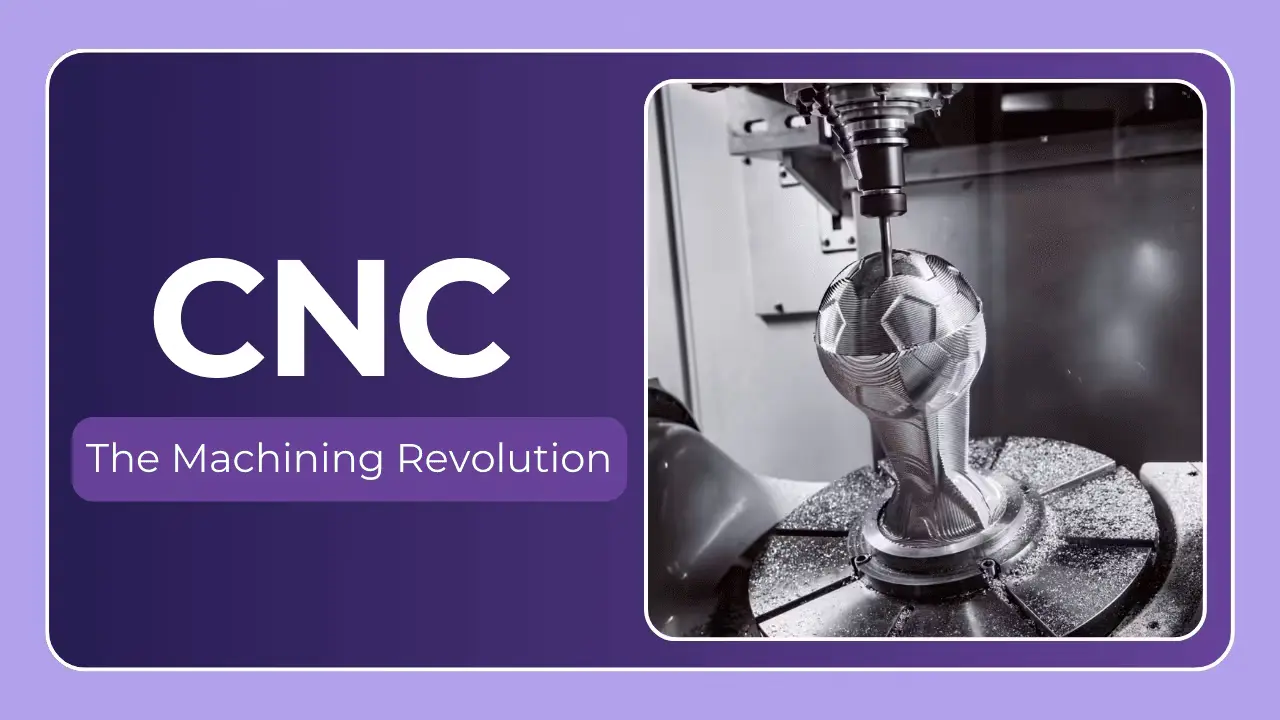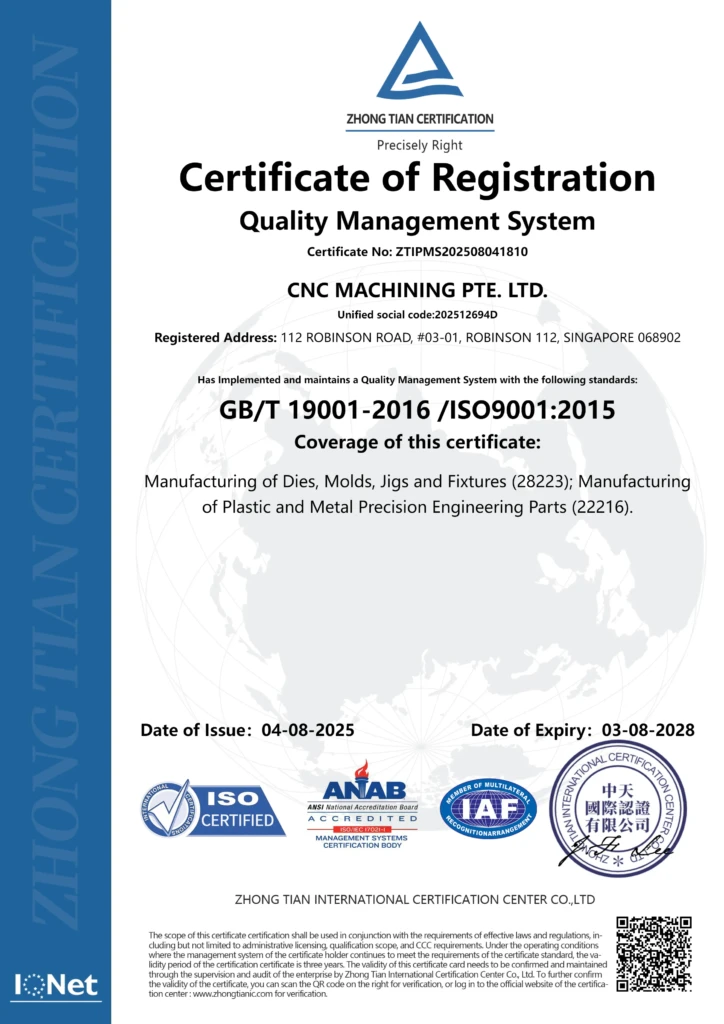Charting Your Path: A Comprehensive Guide to CNC Machining School Options
The hum of the spindle, the precise dance of the cutting tool, the satisfaction of transforming raw material into a finished, functional part – these are just a few of the draws to a career in CNC machining. Demand for skilled machinists is consistently high, fueled by industries like aerospace, automotive, medical, and defense. But where do you gain the skills necessary to thrive in this increasingly sophisticated field? This guide dives deep into the diverse world of CNC machining school options, breaking down the pathways, costs, and key considerations to help you choose the right fit for your goals.
Why Formal Training Matters in the Modern Machining Landscape
Gone are the days when learning CNC machining was solely about apprenticeship. While valuable, apprenticeships often focus on specific shop practices and may not provide the comprehensive theoretical foundation needed to adapt to new technologies. Today’s CNC world relies on complex programming (G-code, CAM software), understanding of material science, precision measurement, and increasingly, integration with CAD/CAM workflows. Formal education bridges this gap, offering a solid base for a long, successful career.
Understanding the Different Levels of CNC Machining Education
The journey to becoming a CNC machinist isn’t one-size-fits-all. Your current education level, career aspirations, and budget will dictate the best route. Here’s a breakdown of common options:
1. High School Programs (Vocational Schools & Tech Centers)
- Overview: Many high schools now offer vocational programs in machining, often lasting one to two years. These foundational programs introduce basic machining principles, blueprint reading, manual machining (lathe, mill), and a taste of CNC operation.
- Pros: Cost-effective (often free with tuition), early exposure to the field, potential for articulated credit (college credit earned during high school).
- Cons: Limited depth of CNC training, may not be sufficient for direct entry-level positions without further education.
- Cost: Typically covered by high school tuition.
- Duration: 1-2 years
- Typical Outcomes: Strong foundation for further education, potential entry-level positions as machine operators with on-the-job training.
2. Certificate Programs (Community Colleges & Trade Schools)
- Overview: These are short-term, focused programs designed to quickly equip you with practical CNC skills. They usually range from a few months to a year and cover topics like CNC programming, setup, operation, and basic maintenance.
- Pros: Relatively quick completion time, affordable tuition, career-focused curriculum. Often emphasize hands-on learning and address current industry needs.
- Cons: May lack the theoretical depth of an associate’s degree, potential limitations in career advancement without further education.
- Cost: $2,000 – $10,000 (depending on location, school, and program length)
- Duration: 6 months – 1 year
- Typical Outcomes: Entry-level CNC operator, CNC setup technician, potential for apprenticeship opportunities.
3. Associate Degrees (Community Colleges & Technical Colleges)
- Overview: A two-year Associate of Applied Science (AAS) degree in Machining, Manufacturing Technology, or a related field provides a more comprehensive education. These programs blend theoretical knowledge with extensive hands-on training. Curriculum includes mathematics, physics, blueprint reading, GD&T (Geometric Dimensioning and Tolerancing), CNC programming (G-code, CAM software like Mastercam, Fusion 360, or GibbsCAM), machine tool operation (lathes, mills, grinders, EDM), and quality control.
- Pros: Broad skillset, greater career opportunities, strong foundation for further education (bachelor’s degree), often preferred by employers. May also include specialized tracks like Tooling & Die Making or Robotics.
- Cons: Longer time commitment, higher tuition costs than certificate programs.
- Cost: $5,000 – $20,000 (depending on location, school, and residency)
- Duration: 2 years
- Typical Outcomes: CNC machinist, CNC programmer, CNC technician, machine tool builder, quality control inspector.
4. Bachelor’s Degrees (Universities & Technical Universities)
- Overview: While less common for direct machining roles, a four-year Bachelor of Science in Manufacturing Engineering, Mechanical Engineering, or a similar discipline can open doors to advanced positions. These degrees focus on design, process optimization, automation, and management. They often incorporate CNC machining as a component of broader engineering principles.
- Pros: Highest earning potential, leadership opportunities, ability to design and implement manufacturing processes.
- Cons: Significant time and financial investment, might require additional training to gain hands-on machining skills.
- Cost: $40,000 – $200,000+ (depending on institution and residency)
- Duration: 4 years
- Typical Outcomes: Manufacturing engineer, process engineer, design engineer, automation engineer, production manager.
A Comparison Table of Key Program Attributes
| Program Type | Duration | Cost (approx.) | Curriculum Focus | Career Paths |
|---|---|---|---|---|
| High School Vocational | 1-2 Years | $0 | Basic Machining, Intro to CNC | Entry-Level Operator (with further training) |
| Certificate | 6mo-1yr | $2k – $10k | CNC Operation & Programming | CNC Operator, Setup Technician |
| Associate Degree | 2 Years | $5k – $20k | Comprehensive Machining & Theory | CNC Machinist, Programmer, Technician |
| Bachelor’s Degree | 4 Years | $40k – $200k+ | Engineering & Process Design | Manufacturing/Process/Design Engineer |
Key Curriculum Components to Look For:
Regardless of the chosen program, prioritize schools that offer:
- G-Code Programming: The fundamental language of CNC machines.
- CAM Software Proficiency: Mastercam, Fusion 360, GibbsCAM, PowerMill – experience with these industry-standard tools is invaluable.
- Blueprint Reading and GD&T: The ability to interpret engineering drawings accurately is critical.
- Precision Measurement: Using calipers, micrometers, CMMs (Coordinate Measuring Machines) for quality control.
- Material Science: Understanding the properties of different metals and how they behave during machining.
- Machine Tool Operation: Hands-on experience with lathes, mills, grinders, and other essential machines.
- Safety Training: Emphasis on safe operating procedures and hazard awareness.
- Practical Projects: Opportunities to apply learned skills to real-world machining challenges.
Factors to Consider When Choosing a School
- Accreditation: Ensure the school is accredited by a recognized agency. This verifies the quality of the program and may be required for financial aid eligibility.
- Industry Partnerships: Schools with strong ties to local manufacturers often provide internships and job placement assistance.
- Equipment and Facilities: Visit the school and assess the condition and modernity of the equipment. Look for schools investing in the latest CNC technology – specifically five-axis machines are becoming increasingly important. (Like those utilized by CNC MACHINING PTE. LTD in Singapore).
- Instructor Experience: Experienced instructors with real-world machining backgrounds can provide invaluable insights.
- Location and Cost: Consider the proximity of the school and the overall cost of tuition, fees, and living expenses.
The Rise of Online and Hybrid Learning
While hands-on experience remains paramount, online and hybrid learning options are becoming increasingly available. These can be a good choice for individuals who need flexibility or live in areas with limited access to traditional schools. However, ensure the program includes substantial virtual labs or opportunities for hands-on practice at a local machine shop.
Conclusion: Investing in Your Future
A career in CNC machining offers stability, good earning potential, and the satisfaction of creating tangible products. Choosing the right educational path is a crucial first step. Carefully consider your goals, budget, and learning style to identify the program that best fits your needs. Don’t hesitate to visit schools, talk to instructors, and connect with industry professionals.
As technology continues to advance, ongoing learning will be essential. Staying current with new software, techniques, and materials will ensure you remain a valuable asset in this dynamic and rewarding field. Companies like CNC MACHINING PTE. LTD exemplify the cutting edge of precision manufacturing, and understanding the capabilities of advanced technologies, like five-axis machining, will be a distinguishing factor in your career progression. Ultimately, investing in a quality CNC machining education is an investment in a secure and fulfilling future.




